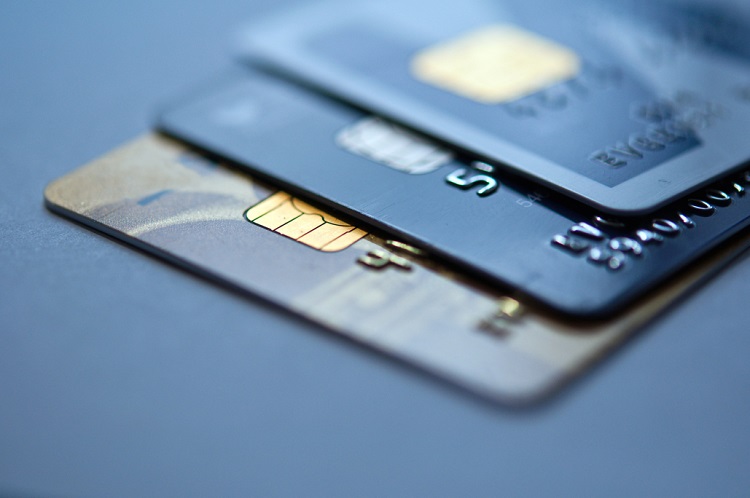According to the website Money.com there are about 13.5 million credit card accounts currently open in Australia. However, how much longer this will be the case is very much open to question.
In recent years, contactless payments, mobile wallets, Central Bank Digital Currencies and cryptocurrencies have become increasingly popular. To the point that many experts predict we might soon become a cashless society.
But what about a cardless society?
With the introduction of these alternative payment methods and currencies signalling a shift from plastic to digital, are we witnessing the decline of physical debit and credit cards?
Here is our take on the situation.
Table of Contents
1. Customer Preferences are Changing
Over the last decade, consumer preferences have changed rapidly when it comes to paying for goods and services. But especially across different demographics.
Today, they are more inclined towards digital payment technologies that prioritise convenience, security and sustainability, with millennials and Gen Z leading the shift towards more readily adopting these solutions.
Consequently, by giving preference to companies that accept them as payment methods, they are demonstrating their power over how retailers use these technologies. Concurrently, and perhaps due to the younger individuals in their lives, Gen X consumers are demonstrating an increasing level of comfort with digital technology such as mobile wallets.
As the current and future generations become more tech-savvy, they will increasingly adopt technologies such as Smartpay that offer quick and seamless payment experiences which fit into their busy connected lifestyles. In theory, this could be a primary factor which may drive the decline of traditional plastic cards.
2. Consumer Confidence in Digital Payments Has Increased
When they were first introduced, online payments came with a lot of suspicion.
However, governments have put in place, and are constantly modifying, strict regulations around their usage to provide consumers with plenty of protection. This, in turn, has led to an increase in consumer confidence about using them.
Additionally, several new innovations such as encryption, two-factor authentication and biometric authentication have been developed around payment technologies that are making them even safer than traditional plastic cards. Which again could result in the shift from plastic to digital being more marked.
3. Osko
It used to be that you needed to wait 3 to 5 business days for a cheque or money transfer to clear into your bank account. However, through payment solutions like Osko, you can now get your money within 60 seconds.
Most banks in Australia, including the Big 4, have now adopted this technology when processing payments. As more businesses and consumers will demand it to enhance their cash flow, it could come at the expense of plastic cards.
4. Environmental Conscious
13.5 million credit cards equate to a lot of potential and avoidable environmental damage in Australia. So, as more people are developing an eco-conscious, it is conceivable they might want to embrace a payment solution that does not contribute to it.
In any form, the production of plastic adds to environmental pollution and degradation, particularly when it goes into landfill. It is conceivable then, that in the years to come, consumers will opt out of having credit and debit cards altogether.
Moreover, if big banks face pressure from the general public and environmental lobbyists, they could theoretically take the decision to do away with physical cards.
5. Decline of Physical Wallets
According to the Australian Banking Association, over 40% of the population leave their physical wallets at home when they go out.
Due to their ability to store all their payment details on their phones via Google, Samsung or Apple Wallet, many Aussies see it as a more convenient and safer option to not take them out with them.
While this is a relatively new phenomenon, it is conceivable that many more people will start to rely less on their physical cards and wallet.
6. Open Banking
Open Banking is an initiative that enables financial institutions that are accredited by the ACCC to share data with third-party providers via APIs.
In doing so, it enables them to develop new services and apps that can offer an even seamless, secure and instant financial experience for those who use them.
7. Crypto as a Payment Method
Although cryptocurrency was launched in 2009 it has only recently started to become a viable option on the payment landscape.
Several companies including Microsoft, Express VPN, CheapAir and certain KFC and IGA stores now accept the likes of Bitcoin, Binance, Litecoin and Ethereum as a method of remuneration in Australia.
While it has yet to really take off in the mainstream, it is entirely possible that more companies will offer it and people embrace multi-signature wallets in the future at the expense of physical cards.
Final Thoughts
The question of whether physical cards will decline to the point of them being eradicated needs to be seen in context.
By the year 2224 it is conceivable that it will be. However, if this were to happen generations upon generations of Australians would have to embrace this shift.
For the current mob, it is a safe bet that physical debit and credit cards will be around for a while to come.
Many people are stuck in their ways and will keep using them until they make their last purchase in life. While others like the peace of mind that having them brings as a backup for when the technology of digital payments might fail.

